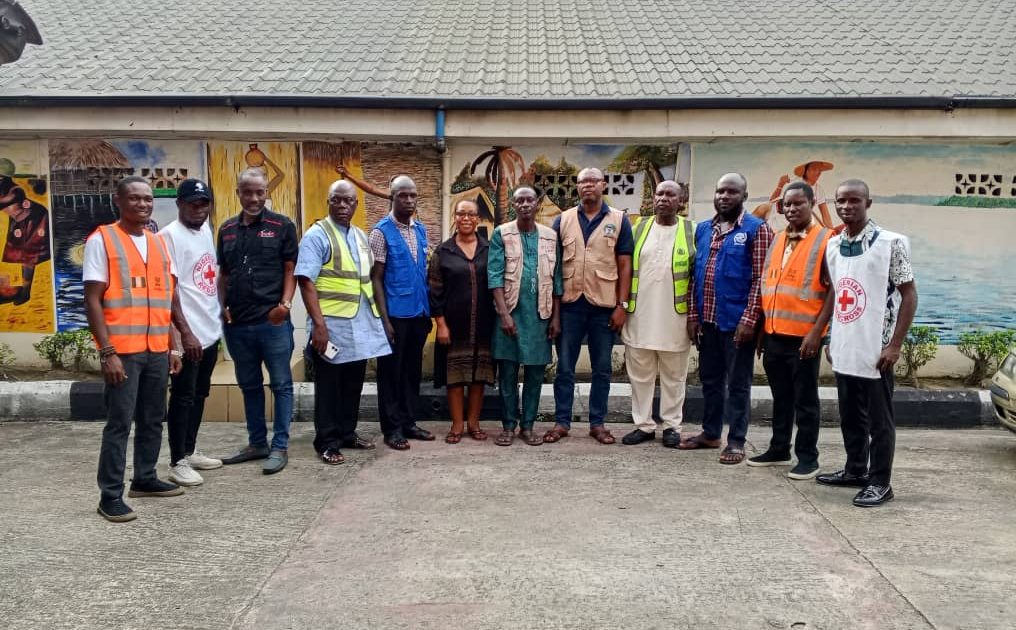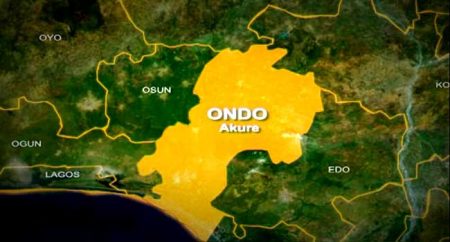The National Emergency Management Agency (NEMA) has recently completed assessments of flood impacts in Anambra and Bayelsa States as part of its comprehensive strategy for flood preparedness, response, and recovery this year. This initiative involved collaborative efforts with the State Emergency Management Agencies, the Nigerian Red Cross Society, and the International Organisation for Migration. As floodwaters have risen dangerously, Anambra State experienced significant damage, with around 600 houses in flood-prone areas reported as submerged, displacing many residents. Similarly, Bayelsa State faced severe disruptions due to relentless heavy rainfall, leading to escalating flood conditions impacting local communities.
NEMA’s assessment in Anambra focused specifically on eight Local Government Areas: Ogbaru, Anambra East, Anambra West, Ayamelum, Awka North, Ihiala, Idemili South, and Ekwusigo. The primary goals included evaluating the extent of damage, counting affected households, identifying fatalities, recognizing missing persons, and assessing the destruction of both homes and farmland. This systematic approach underscores the need for an accurate evaluation of the disaster to facilitate effective intervention. Chief Paul Odenigbo, Executive Secretary of the Anambra State Emergency Management Agency (SEMA), expressed gratitude for NEMA’s timely response, highlighting the collaborative nature of the efforts.
In Bayelsa, assessments extended to 54 communities across seven Local Government Areas, including Sagbama, Kulokuma/Opokuma, Southern Ijaw, Ogbia, Ekeremor, Yenagoa, and Brass. Noteworthy communities visited included Asamabiri, Kaiama, Amasoma, Toron Ndoro, and Igbogene. The Director Dr. Dio Wenapere from Bayelsa SEMA led the local team’s collaboration with NEMA to ensure a thorough evaluation of the flood conditions. The extensive reach of the assessments signifies the agency’s commitment to thoroughly understanding the impact of the floods, allowing for a cohesive response to the disaster’s aftermath.
NEMA’s Director-General, Mrs. Zubaida Umar, highlighted the critical need for data harmonization among SEMAs and partner organizations. This institutional coordination is essential for capturing the disaster’s scope and scale, ultimately leading to more effective strategies for disaster management. By ensuring that data is accurately compiled and shared among stakeholders, NEMA aims to create a solid foundation for future interventions and resource allocation. Mrs. Umar’s emphasis on data integrity reflects the ongoing need for systematic evaluations during disaster occurrences.
Furthermore, the assessments conducted by NEMA not only focus on immediate responses but also lay the groundwork for longer-term recovery efforts. By identifying the extent of damage and the specific needs of affected communities, NEMA aims to ensure that assistance provided is both relevant and impactful. This approach aligns with global best practices in emergency management, which advocate for a blend of immediate response and sustainable recovery initiatives, enabling communities to rebuild not just physically but also socially and economically.
In conclusion, NEMA’s proactive measures in assessing flood impacts in Anambra and Bayelsa States showcase a thorough commitment to effective disaster management. Through collaboration with local agencies and organizations, NEMA is well-positioned to respond efficiently to flood-related challenges. The focus on accurate data collection, comprehensive assessments, and long-term recovery strategies serves to strengthen the resilience of affected communities, demonstrating a holistic response to one of Nigeria’s pressing environmental crises. As the agency continues to prepare for future emergencies, its commitment to collaboration and data-driven strategies will be vital in enhancing Nigeria’s overall disaster response capabilities.














